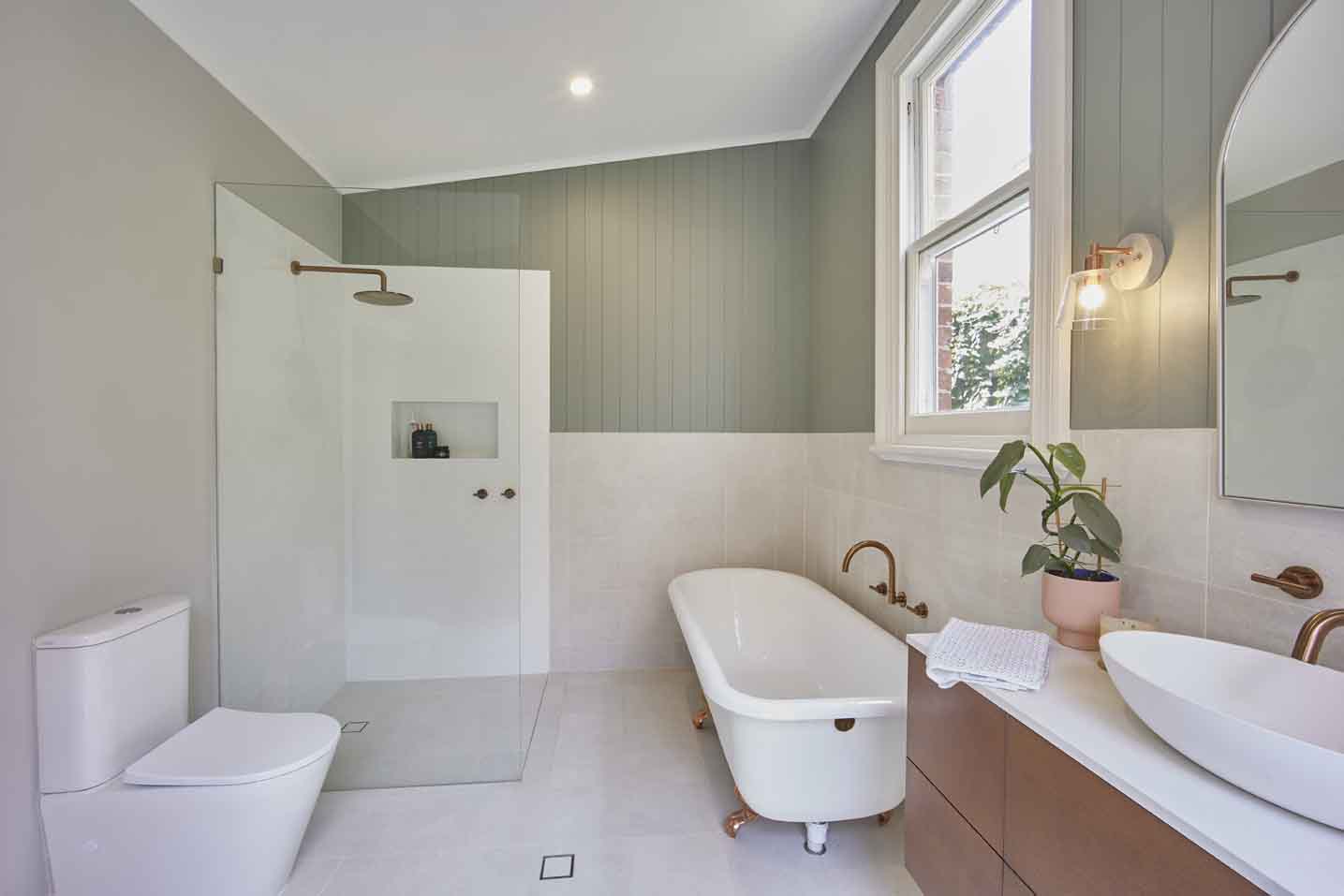Transform Your Home: Expert Interior Design Tips to Create a Space You’ll Love

Home truly is our special place. With summer approaching, it’s the perfect time to refresh your living space. The good news? Creating beautiful interiors doesn’t require a huge budget—often small furniture updates and simple home improvements can make a big difference without breaking the bank.
Whether you’re working remotely, exercising at home, or just relaxing after work, there are many design approaches to maximize your space. Below are some essential guidelines that professional interior designers use to create stylish homes.
Before contacting a tiler, consider how colors affect the atmosphere of your rooms. Colors play a crucial role in setting the mood throughout your home. Warm tones like red, yellow, and orange bring energy and comfort—making them great choices for living areas where people gather.
Cool colors such as blue, gray, and green promote tranquility, perfect for bedrooms or home offices where focus and relaxation are important. White and beige serve as versatile neutral foundations that bring balance and flexibility to any space.
Lighting: ambient, task, accent—essential for functionality and atmosphere
While natural light dominates, layered lighting delivers mood and depth. Overhead fixtures like recessed lights and other decorative chandeliers offer ambient lighting. Pendants and desk lamps offer focused lighting for spaces where reading, working, or cooking takes place. Track lights and wall scones help with architectural lighting.
Furniture: Beyond just what furniture, also arrangement
How you arrange furniture makes a difference and gives the room a spacious and inviting appeal. A sofa can serve as the anchor piece, complemented by ottomans, loveseats, or armchairs. You can arrange the furniture around a fireplace or coffee table to encourage interaction.
Learn the right arrangement of seating around fireplaces, art, or TV. When arranging your furniture, leave not less than 35 inches of walking space in between. Further throw in multifunctional pieces like sofa beds, storage ottomans, or nesting tables.
Textiles and Textures: Adding depth and comfort
How does texture matter? It can balance a room by breaking up a domineering color or material. Wooden furniture and floors best express classical styles, while stone floors and countertops give interiors a hint of luxury. Soft textures on cushions, upholstery, and rugs depict comfort, making them ideal for the living room or bedroom.
Decor and Accessories: Personalization and finishing touches
The right decor and accessories can change the interior of any home in a big way. You can deliver rhythm, harmony, or emphasis depending on what you select. The impact is an instant change from a once boring room into something visually appealing. Add color creatively to every room where you define the characteristics of furniture, decor, materials, color, and mood.
Plants: Bringing life and freshness
You can arrange plants in every room in a coordinated way. Tall plants are great for filling empty spaces, while those that cascade are suited on the shelf. Plants with sizeable leaves can occupy open spaces or room corners. The slender stick varieties can rest at the center of your dining table. Vegetation is the best natural air purification qualities and having them indoors does just that.
Art: Express personality and aesthetics
It’s hard not to notice quality artwork anytime you step into a room. It could have been the vibrant paintings, plastering the walls with careful sculptures occupying the spaces. This art supersedes decorations and becomes the main heart of interior design.
Storage solutions: Practicality is key, even in beautiful design
Organizing a small home is easier when you assess your space before working towards a coherent strategy. Choose storage solutions that blend seamlessly into the room design without blocking the doors, walkways, closets, or windows. Scatter the solutions across multiple places for optimal utilization.
Sustainability
The future of planet earth is a growing concern. Thankfully, many people today are responding to this proactively—-including in interior design. Sustainable interior design is where style meets purpose to create a stylistic space that cares for human health and the planet while utilizing available resources well. Here are ways in which it is applied.
- Recycled bamboo is a sustainable material used in furniture today, delivering style, uniqueness, and texture in any space.
- LED bulbs and solar lighting are long-lasting, sustainable, low-energy consumers and money savers—what more could you want?
- Unlike synthetic fiber decor, which is recognized as indoor pollution, natural textiles like linen, bamboo fabric, and cotton are environmentally responsible and healthy alternatives. That is because they are free from chemical pollutants and easily biodegradable.
- Decor items made from Recycled or upcycled items like glass vases, wooden picture frames, and other scrap metal sculptures add character to your home.
- Sustainable paints are on the market and are made of organic compounds rather than the usual volatile compounds.
- Biophilic designs are nature-inspired in the form of green walls, wooden textures, and indoor plants that connect your home with the outdoors.
Smart home integration
Smart technology in the home context simply means convenience. Innovations that are catchy and integrate with most houses deliver home efficiency and personalization.
- AI-powered smart lighting solutions help in adjusting brightness, color, and temperature according to the time of day and best user preferences.
- Smart thermostats and climate control guide intelligent heating and cooling systems while optimizing how energy is used.
- AI assistants and other voice-activated decor such as Google Home and Alexa allow people to control lighting, temperature, curtains, and entertainment systems.
- Technologies like 3D modeling and virtual reality (VR) are widely used in interior design. Buyers can request a visualized preview through augmented reality apps and see the expected final product.
- Smart features like automatic reclining windows or smart storage show style and innovativeness.
Conclusion
Contrary to most assumptions, interior design is a lot more than color schemes and fancy furniture. Whatever the design you are mentally visualizing, engage an interior design Perth expert to advise on its practicality and give suggestions on its implementation. Northside Developments gives step-by-step guidance you actualize your dream home.
